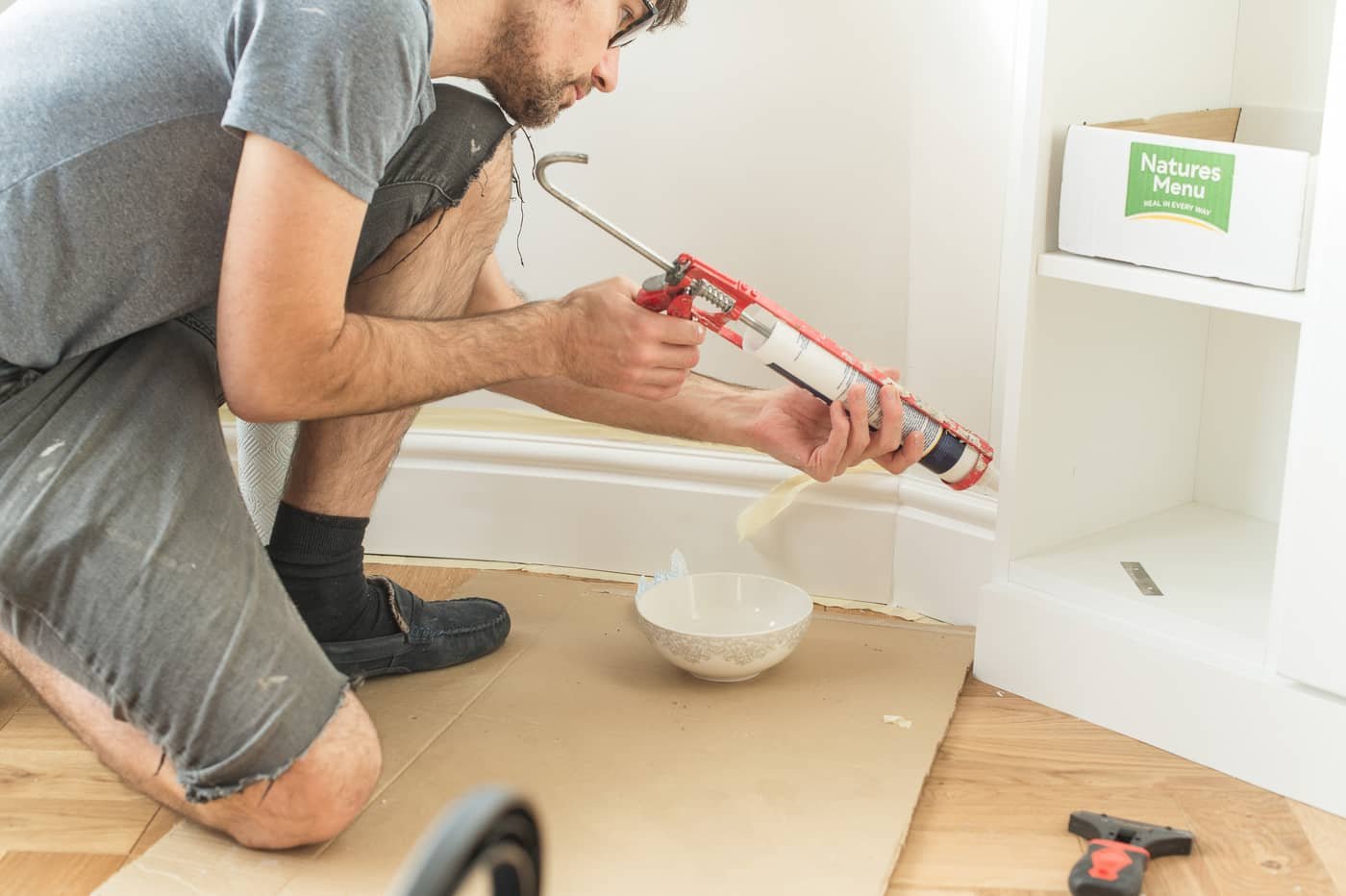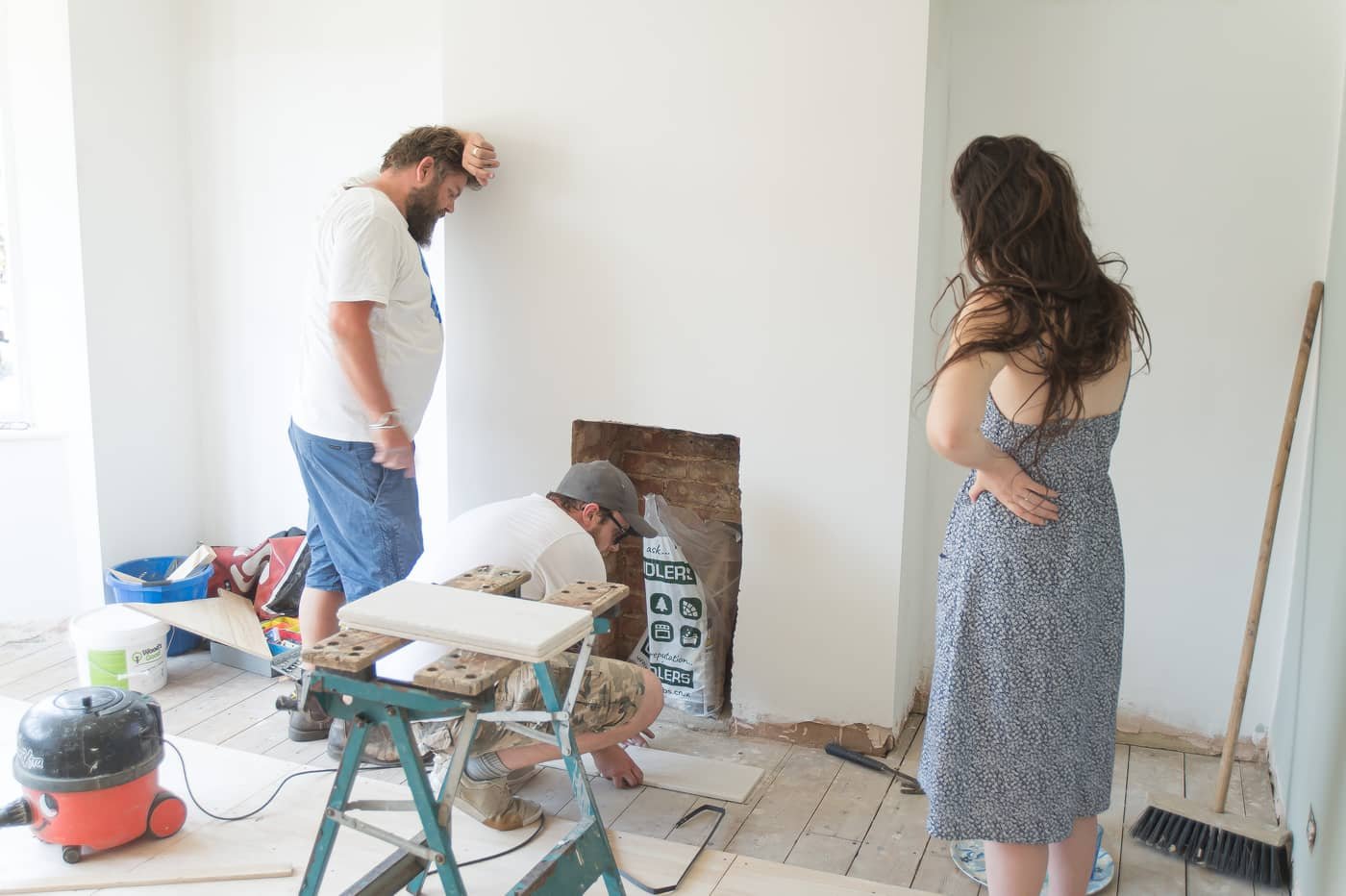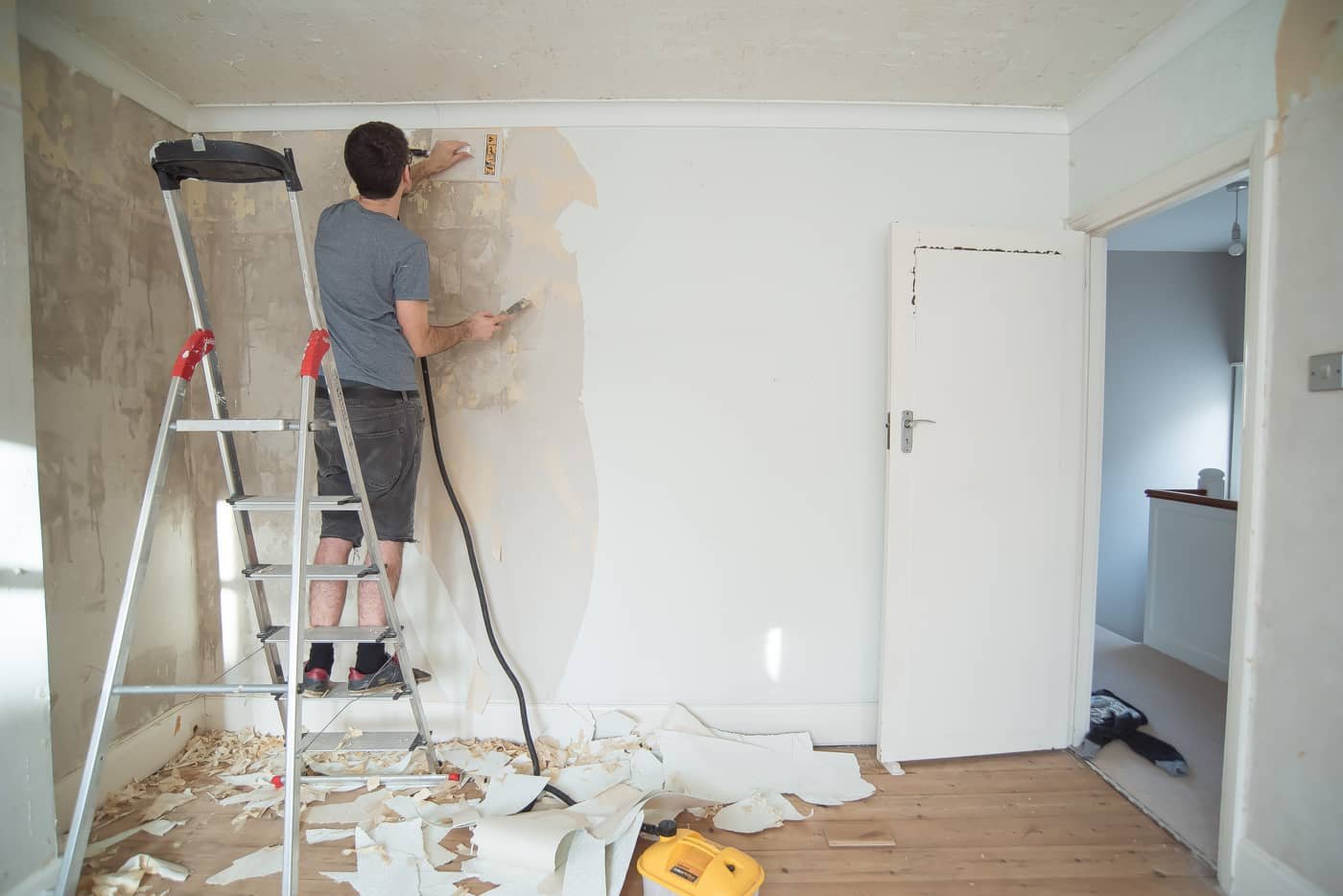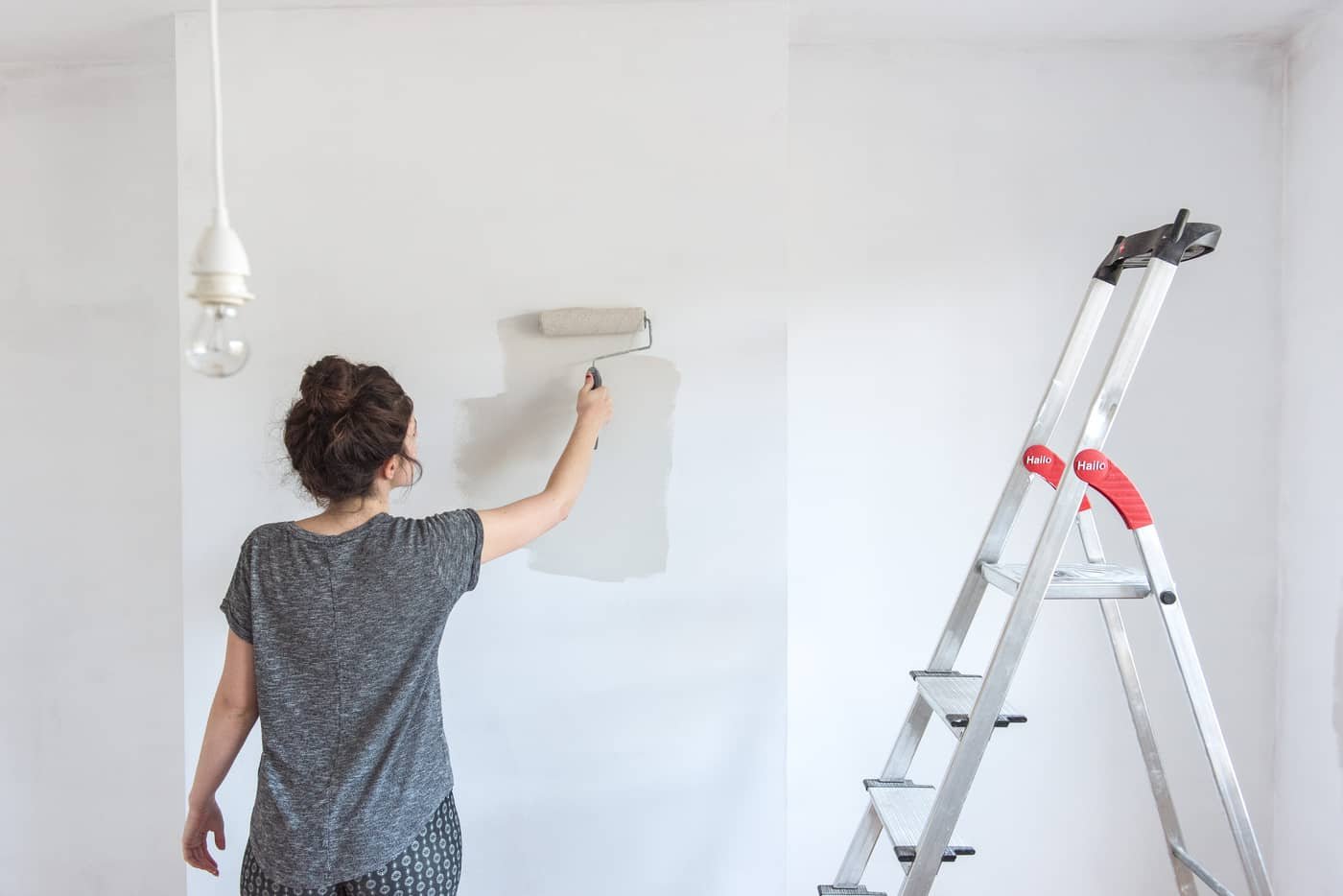Formaldehyde in a home renovation: what you need to know
You might not have heard about formaldehyde yet, but if you’re a home renovator, its something that should be on your radar.
We’re seeing more and more cases of formaldehyde popping up in building materials, but exposure to it has been linked to health issues by a number of institutes and even the UK government.
In this post, we dig into what formaldehyde actually is, what the health concerns are and some smart solutions for its part of your home reno.
Let’s dig into what you need to know about formaldehyde in a home renovation…
What is formaldehyde?
Formaldehyde is defined as a “colourless, flammable, strong-smelling chemical that is used in building materials and to produce many household products”.
Whilst it’s common to be found in small amounts in nearly all homes, it’s more common in building materials including wood products, fabric products and some insulation materials. In some cases, you might not be aware it’s in your building materials but excessive amounts are linked to health concerns as we’ve said. So, the key lies in finding smart solutions to combat it; so there’s nothing to worry about.
Where can formaldehyde be found in a home renovation?
The reason why we’ve dedicated this post to formaldehyde in particular is because it does tend to be common in renovation materials and, as it’s a naturally-occuring organic compound, it’s not illegal (there are just guidelines for safe limits).
Generally, it can be found in things like wood-based flooring and ceiling materials, laminate, some foam insulation (UF and PF in particular), hardwood plywood, adhesives, sealants, paints, lacquers, polishes, wallpapers and some soft textiles like carpets, curtains, sofas and mattresses. Unfortunately, it can be somewhat unavoidable.
What are the health concerns with formaldehyde?
As we’ve said above, Formaldehyde has been identified as a cause of health issues by a number of health boards and government agencies. It’s stated on hse.gov.uk that ‘formaldehyde can irritate the eyes, skin and respiratory tract and prolonged exposure could cause skin sensitisation and allergic contact dermatitis’.
The same website goes on to state that it is a carcinogen and has been linked to birth defects. However, the issue tends to come more when it’s heated, which is common in a home renovation.
So, it’s not quite asbestos, but it’s something to be aware of.
What do I do about formaldehyde?
First and foremost, we’d suggest (not as qualified advisors but as seasoned home renovators) to do a bit of Googling and educate yourself on low-formaldehyde products before you start your home renovation.
Opt for paints labelled as ‘low VOC’ ‘no VOC’.
Take a look at our blog post about air-purifying paints.
When choosing your wood materials, check that they meet low or no formaldehyde requirements.
When opening new furnishings, try to open the packaging outside and give the item a good airing before placing it inside the home.
To really combat formaldehyde in the air, you could also consider an air purifier, particularly one with an activated carbon filter.
Stay tuned for more to come on what to do about formaldehyde in your home renovation.
Note: we are not implying that any of the above images from our home contain formaldehyde, they’re just super mid-reno images for demonstration!!
We’d love to support you!
We’re passionate about helping first time renovators tackle their projects in the correct order and in an organised way so that ultimately you make the most of your home, your budget and enhance your life when your renovation is finished.
Want to take your home to the next level?
Join the Happy Home Painting course to get a stunning finish inside your dream home.
Know the right brands, kit & tricks to reduce costs, save time & reduce stress in your home painting project.





